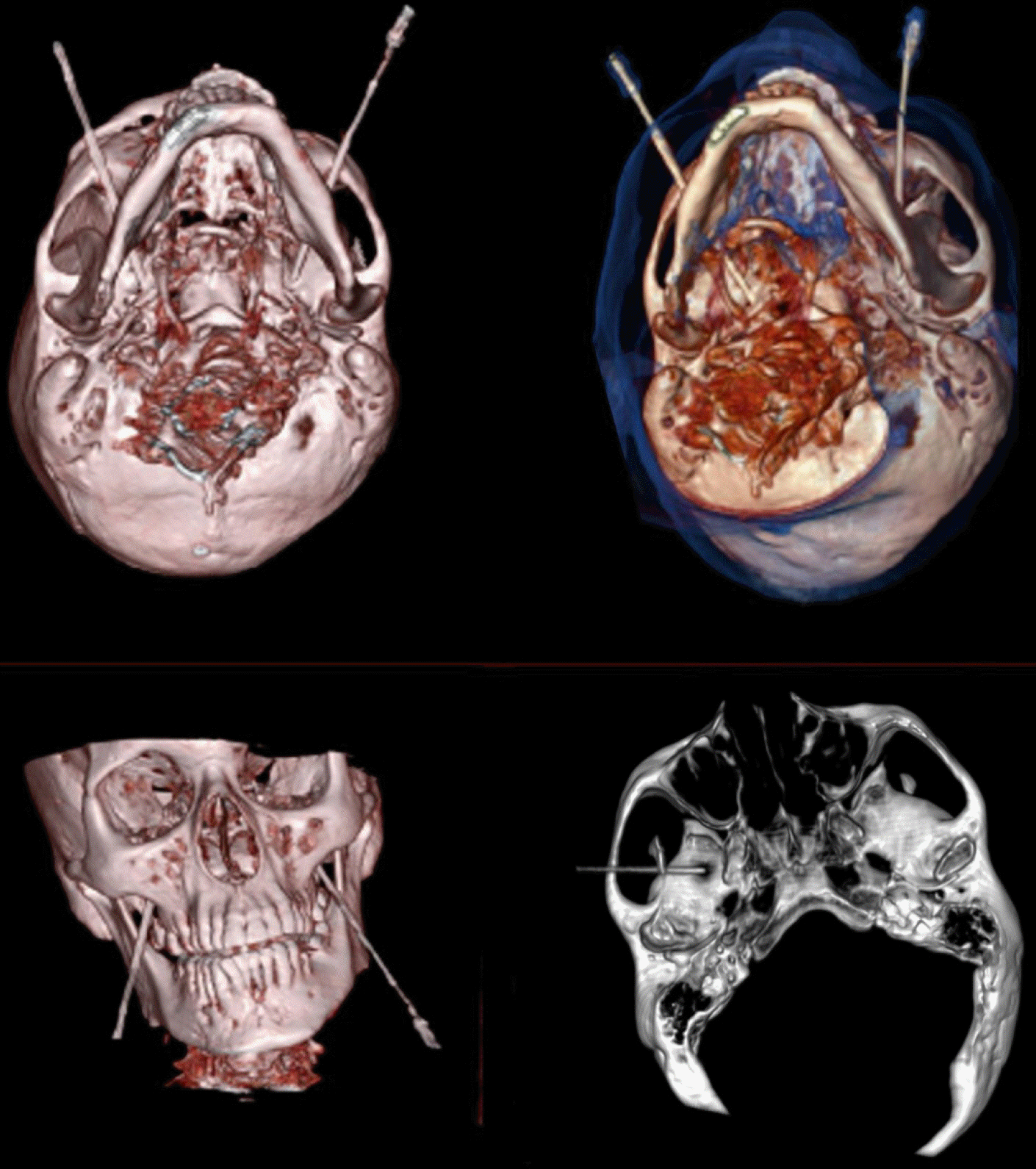1. Mirzadeh Z, Sheehy JP, Ben-Haim S, Rosenberg WS. Neurosurgical management of cancer facial pain. Prog Neurol Surg. 2020; 35:170–80.

2. Reddy GD, Wagner K, Phan J, DeMonte F, Raza SM. Management of skull base tumor-associated facial pain. Neurosurg Clin N Am. 2016; 27:337–44.

3. Huygen F, Kallewaard JW, van Tulder M, Van Boxem K, Vissers K, van Kleef M, et al. "Evidence-based interventional pain medicine according to clinical diagnoses": update 2018. Pain Pract. 2019; 19:664–75.

4. Lambru G, Zakrzewska J, Matharu M. Trigeminal neuralgia: a practical guide. Pract Neurol. 2021; 21:392–402.

5. Cruccu G, Di Stefano G, Truini A. Trigeminal neuralgia. N Engl J Med. 2020; 383:754–62.

6. Sindou M, Tatli M. [Treatment of trigeminal neuralgia with glycerol injection at the gasserian ganglion]. Neurochirurgie. 2009; 55:211–2. French.
7. Roychoudhury P, Romero AR, Raslan A, Abd-Elsayed A. Peripheral neurectomy for treatment of trigeminal neuralgia. Trigeminal nerve pain. In : Abd-Elsayed A, editor. Cham: Springer;2021. p. 207–14.
8. Bick SKB, Eskandar EN. Surgical treatment of trigeminal neuralgia. Neurosurg Clin N Am. 2017; 28:429–38.

9. Wang JY, Bender MT, Bettegowda Ch. Percutaneous procedures for the treatment of trigeminal neuralgia. Neurosurg Clin N Am. 2016; 27:277–95.

10. Guo Z, Wu B, Du C, Cheng M, Tian Y. Stereotactic approach combined with 3D CT reconstruction for difficult-to-access foramen ovale on radiofrequency thermocoagulation of the gasserian ganglion for trigeminal neuralgia. Pain Med. 2016; 17:1704–16.

11. Hartel F. Die leitungsanesthesie und injektionsbehandlung des ganglion gasseri und der trigeminusaeste. Arch Klin Chir. 1912; 100:193–292.
12. Zheng C, Yitong J, Zipu J, Tao W, Fang L. The long-term outcome of 3-dimensional CT-guided percutaneous radiofrequency thermocoagulation for tumor-related trigeminal neuralgia. Pain Physician. 2019; 22:E467–75.
13. Sun Z, Liu L, Liu H, Luo F. Effect of CT-guided gasserian ganglion block with local anesthetics and steroids on acute/subacute zoster-related trigeminal neuralgia: a multicenter retrospective study. J Pain Res. 2022; 15:2303–13.

14. Telischak NA, Heit JJ, Campos LW, Choudhri OA, Do HM, Qian X. Fluoroscopic C-arm and CT-guided selective radiofrequency ablation for trigeminal and glossopharyngeal facial pain syndromes. Pain Med. 2018; 19:130–41.

15. Bendtsen L, Zakrzewska JM, Heinskou TB, Hodaie M, Leal PRL, Nurmikko T, et al. Advances in diagnosis, classification, pathophysiology, and management of trigeminal neuralgia. Lancet Neurol. 2020; 19:784–96.

16. Maarbjerg S, Di Stefano G, Bendtsen L, Cruccu G. Trigeminal neuralgia - diagnosis and treatment. Cephalalgia. 2017; 37:648–57.

17. Xu R, Xie ME, Jackson CM. Trigeminal neuralgia: current approaches and emerging interventions. J Pain Res. 2021; 14:3437–63.

18. Tang YZ, Yang LQ, Yue JN, Wang XP, He LL, Ni JX. The optimal radiofrequency temperature in radiofrequency thermocoagulation for idiopathic trigeminal neuralgia: a cohort study. Medicine (Baltimore). 2016; 95:e4103.
19. Texakalidis P, Xenos D, Tora MS, Wetzel JS, Boulis NM. Comparative safety and efficacy of percutaneous approaches for the treatment of trigeminal neuralgia: a systematic review and meta-analysis. Clin Neurol Neurosurg. 2019; 182:112–22.

20. Wang Z, Su X, Yu Y, Wang Z, Li K, Gao Y, et al. A review of literature and meta-analysis of one-puncture success rate in radiofrequency thermocoagulation with different guidance techniques for trigeminal neuralgia. Eur J Med Res. 2022; 27:141.





 PDF
PDF Citation
Citation Print
Print





 XML Download
XML Download